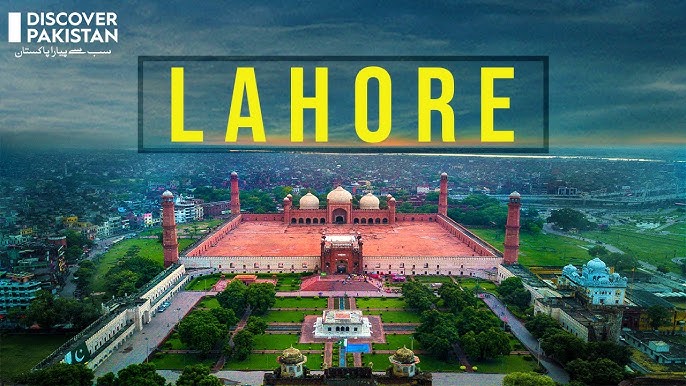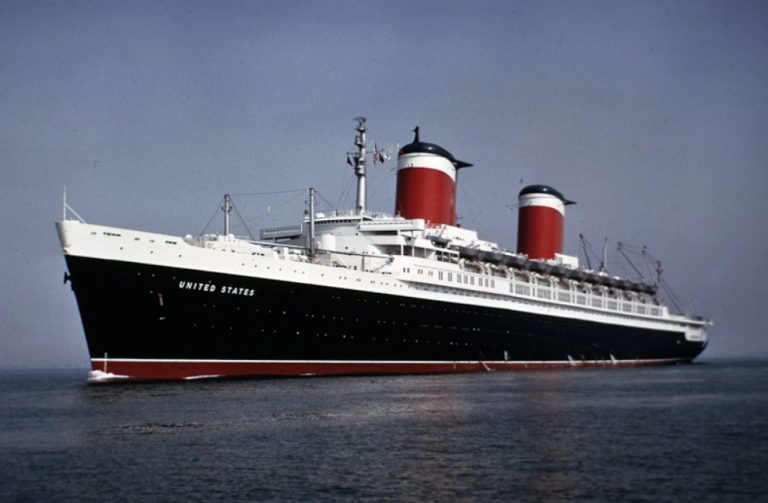Lahore: A Deep Dive into the Heart of Pakistan Introduction
Lahore, the capital city of the Punjab province in Pakistan, is often considered the cultural, historical, and intellectual heart of the country. With a population of over 13 million, Lahore stands as one of the most populous cities in Pakistan, and its influence extends far beyond its geographical borders. Known for its rich history, vibrant culture, and architectural marvels, Lahore has been a symbol of resilience, tradition, and modernity, blending its ancient past with a dynamic, forward-looking future. This comprehensive exploration will dive deep into the facts, figures, history, lifestyle, culture, and importance of Lahore in both historical and contemporary contexts.
Geography and Location
Lahore is located in the northeastern part of Pakistan, strategically positioned near the border with India. It lies along the banks of the Ravi River, which is an important feature of the city’s geography, although the river has changed course over time. Lahore is situated at a latitude of 31.5497° N and longitude of 74.3436° E, making it one of the key cities in the region.
The city is well-connected to the rest of the country and the world through major roads, railways, and an international airport. Lahore’s proximity to Islamabad, the capital of Pakistan, and Delhi, the capital of India, further solidifies its importance as a geopolitical and economic hub. It is part of the larger Punjab region, which has historically been the most fertile and agriculturally rich area of the Indian subcontinent.
History of Lahore
Ancient and Medieval Periods
Lahore’s history dates back over a thousand years and is steeped in layers of civilization. The earliest evidence of Lahore’s existence can be traced back to the Hindu Shahi Dynasty during the 1st millennium CE. The city flourished during the reign of Mahmud of Ghazni in the 11th century and again during the Mughal Empire (1526-1857).
Lahore was the cultural and political center of the Mughal Empire for a significant portion of its history. Emperor Akbar is credited with making Lahore a major hub, and the city grew significantly under his reign in the late 16th century. Akbar’s grandson, Shah Jahan, also contributed to the city’s grandeur, with the construction of some of Lahore’s most iconic architectural landmarks, including the Shalimar Gardens and the Lahore Fort.
The Mughal influence on Lahore is still visible today in the city’s architecture, gardens, and urban design. During this period, Lahore became known as the “City of Gardens” due to its abundance of lush, green spaces and beautifully designed public parks and gardens.
British Rule and the 20th Century
In the 19th century, during the British colonial period, Lahore underwent significant changes. Under British rule, Lahore became an important administrative center, and many of the buildings constructed during this period, such as the Lahore High Court and the Punjab University, reflect colonial-era architectural styles.
Lahore was also the epicenter of the Indian independence movement, with political leaders like Lahore Resolution signifying the demand for a separate state for Muslims. In 1947, when British India was partitioned into India and Pakistan, Lahore became a central figure in the creation of Pakistan. The Partition of India led to mass migration, violence, and demographic shifts in the city, but Lahore emerged as the capital of Pakistan’s Punjab province and a key center of political and cultural power in the newly formed nation.
Culture and Lifestyle in Lahore
The Cultural Heart of Pakistan
Lahore is known as the cultural capital of Pakistan. The city boasts a rich tapestry of traditions, art, literature, and cuisine that spans centuries. From the arts and music to literature and philosophy, Lahore has been at the forefront of shaping the cultural narrative of South Asia.
Lahore has long been a center for the Punjabi culture, which is deeply rooted in the traditions of music, dance, poetry, and folk art. The city has produced many famous poets, writers, and artists, such as Allama Muhammad Iqbal, the philosopher-poet who is often regarded as the spiritual father of Pakistan, and Faiz Ahmed Faiz, one of the most celebrated poets in the Urdu language.
The city is home to several cultural festivals throughout the year, including the Lahore Literature Festival and the Basant Festival, which celebrates the arrival of spring. The Basant Festival, in particular, is famous for its vibrant kite-flying competitions, marking the cultural significance of this event in Lahore’s social fabric.
Cuisine
Lahore’s culinary scene is one of its most celebrated features. Known for its Punjabi cuisine, the city offers a wide range of rich and flavorful dishes that reflect its cultural diversity and heritage. Some of the most famous dishes in Lahore include:
- Biryani – A flavorful rice dish typically served with meat or chicken, often cooked with spices.
- Nihari – A slow-cooked beef stew served with naan or rice.
- Haleem – A savory mixture of wheat, barley, and meat, slow-cooked into a thick consistency.
- Samosas – Fried pastry filled with spiced potatoes, meat, or lentils.
- Chana Chaat – A popular street food made with chickpeas, potatoes, onions, and various spices.
The street food culture in Lahore is also vibrant, with vendors selling snacks like Gol Gappay, Chaat, and Seekh Kebabs at every corner. Lahore’s food culture is an essential part of its identity, and the city is famous for being a food lover’s paradise.
Architectural Heritage and Landmarks
Mughal and Colonial Architecture
Lahore is a city rich in historical architecture that showcases a blend of Mughal, colonial, and contemporary styles. Some of the most iconic landmarks of the city include:
- Badshahi Mosque: Built in 1673 by the Mughal Emperor Aurangzeb, the Badshahi Mosque is one of the largest mosques in the world and an architectural masterpiece. It features a vast courtyard and a striking red sandstone structure.
- Lahore Fort: A UNESCO World Heritage site, the Lahore Fort dates back to the 11th century but was heavily expanded during the Mughal era. The fort’s grand gates, gardens, and intricate carvings are iconic representations of Mughal architecture.
- Shalimar Gardens: Another UNESCO World Heritage site, these gardens were built by Emperor Shah Jahan in the mid-17th century. The gardens’ terraced levels and water channels are designed to reflect the grandeur of Mughal landscaping.
- Minar-e-Pakistan: This monument marks the spot where the Lahore Resolution was passed in 1940, calling for the creation of Pakistan. The towering structure is a symbol of Pakistan’s struggle for independence.
- Lahore Railway Station: Constructed during British colonial rule, this is one of the busiest railway stations in Pakistan and an example of British Raj architecture.
In addition to these monumental sites, Lahore is also home to numerous colonial-era buildings, such as the Lahore High Court, the Punjab University, and the General Post Office, which showcase a blend of British and local architectural influences.
Education and Intellectual Life
Lahore has long been a center for education in Pakistan. The city is home to some of the country’s oldest and most prestigious educational institutions, including:
- The University of the Punjab: Established in 1882, it is the oldest public university in Pakistan and offers a wide range of academic disciplines.
- Lahore University of Management Sciences (LUMS): Known for its business and engineering programs, LUMS has earned national and international recognition for academic excellence.
- Government College University: Founded in 1864, it is one of the most historic educational institutions in the country.
Lahore’s intellectual culture is also defined by its contribution to literature and the arts. The city hosts the Lahore Literature Festival, which attracts intellectuals, authors, and artists from around the world. The city has a vibrant literary community, with Urdu, Punjabi, and English literature flourishing in various forms, from poetry readings to academic seminars.
Economic Importance
Lahore is the economic hub of Pakistan’s Punjab province and one of the most economically significant cities in the country. Its economy is diverse, with major sectors including manufacturing, agriculture, retail, and services.
The city is home to numerous industries, such as textiles, which are a significant contributor to Pakistan’s economy. Lahore is known for its thriving garment and textile markets, which export products worldwide. Additionally, Lahore has seen rapid urban development in recent years, with the growth of IT, media, and service industries, making it one of the most economically vibrant cities in Pakistan.
Transportation and Infrastructure
Lahore is one of the best-connected cities in Pakistan. It boasts a modern and extensive transport system that includes:
- Lahore International Airport: Serving both domestic and international flights, Allama Iqbal International Airport is one of the busiest airports in Pakistan.
- Metro Bus System: The Lahore Metro is a major part of the city’s public transport system, providing efficient services to thousands of commuters daily.
- Motorways and Highways: Lahore is well-connected to other major cities in Pakistan, including Islamabad and Karachi, via highways and the motorway system.
Challenges and Future Outlook
Lahore, like many large cities, faces several challenges, including traffic congestion, pollution, and urbanization. However, the city has also made significant strides toward improving infrastructure, addressing environmental concerns, and modernizing its transport network.
As Lahore continues to grow, it is poised to become an even more influential city in the South Asian region, balancing its rich heritage with the demands of a rapidly developing urban landscape.
Conclusion
Lahore, with its rich cultural heritage, architectural marvels, intellectual vibrancy, and economic importance, continues to stand as one of the most significant cities in Pakistan. It is a city that cherishes its past while looking toward the future, embodying the spirit of Pakistan itself. Whether through its historical landmarks, its culinary delights, or its thriving educational and economic sectors, Lahore remains a symbol of resilience, innovation, and cultural pride in the heart of South Asia.






